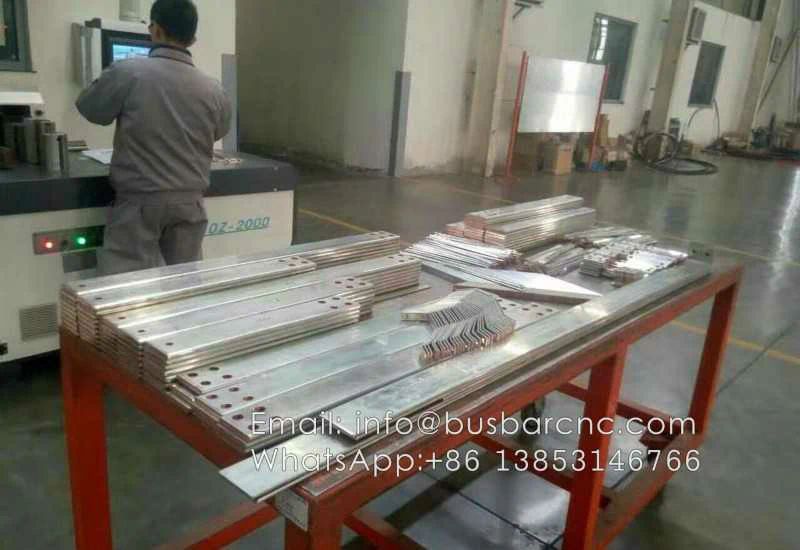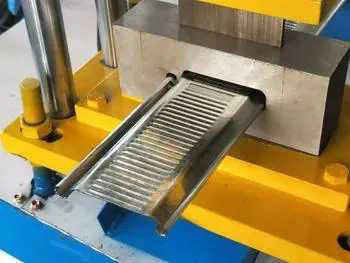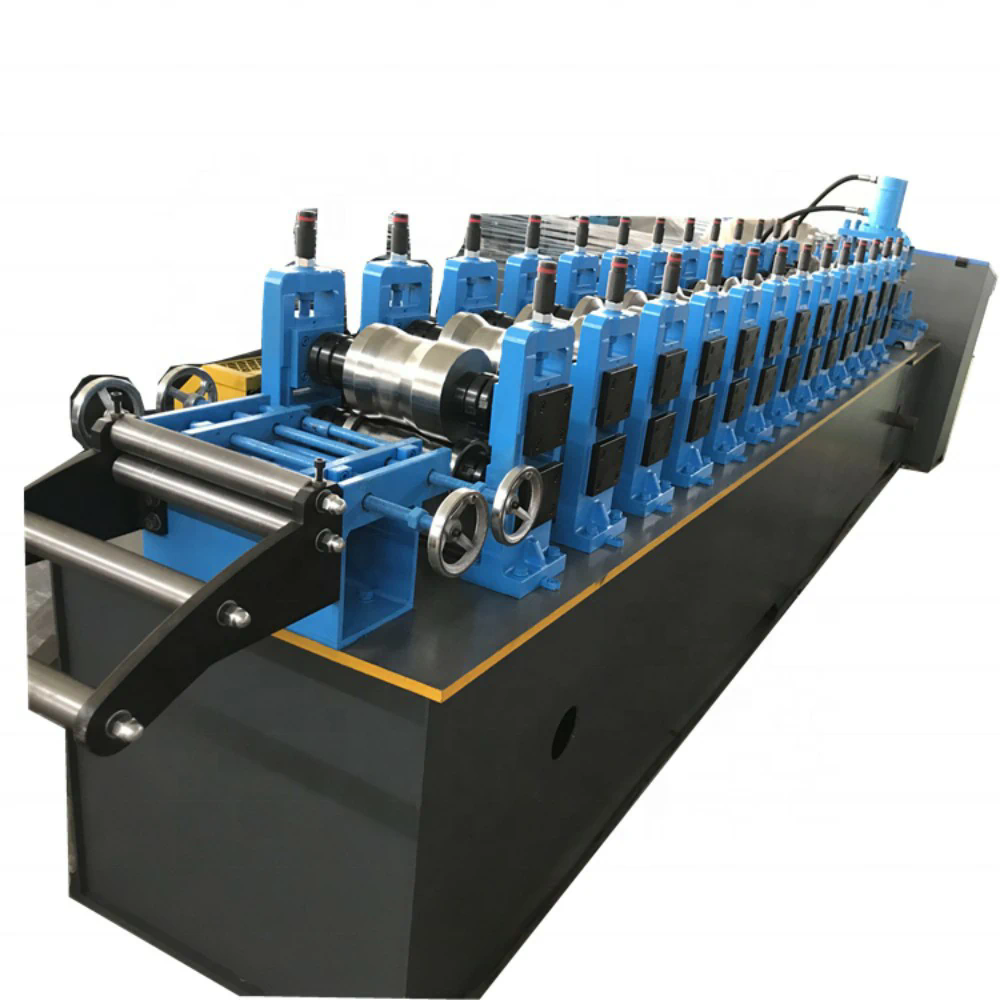Memory is an important branch of the semiconductor industry, accounting for about a quarter to one -third of the global semiconductor market. Memory has formed a market that is mainly composed of DRAM and Flash. Although there are many memory product categories, from the perspective of product revenue contribution, DRAM and Flash (NAND, NOR) revenue accounts for over 95 %.
Although DRAM and Flash are almost “absolutely monopolized” in the memory field, artificial intelligence, the Internet of Things, and 5G have accelerated the wave of digitalization. In this context, the demand for data processing has increased in index level, and semiconductor practitioners have increased the research and development and investment of storage technology. They want to achieve less cost, faster speed, and better efficiency.
There are also shortcomings in the faucet
The most common and widely used memory in the storage market is DRAM and NAND. In recent years, as the semi -guide system continues to move towards smaller technical nodes, DRAM and NAND have seriously faced a slightly reduced challenge. DRAM is currently close to the miniature limit, while NAND has made every effort to transform the 3D architecture.
In addition, with the outbreak of data, DRAM and NAND can no longer keep up with the pace of demand in terms of power consumption and data access speed. They also have some obstacles in the application scenarios that need high -speed operations.
For these reasons, the next generation of storage technology appears in everyone’s vision for replenishment.
New generation storage: PCRAM, MRAM, RERAM
After decades of unremitting efforts of various manufacturers, several potential seed players have appeared in the next generation of storage: PCRAM, Magnetic Dorde Marrant MRAM, and resistance memory RERAM. The technical properties of these emerging storage are also different.
PCRAM (phase change random memory)
PCRAM is a kind of storage medium using phase variable materials. Under the scorched ear thermal heat of the current, when the crystalline phase and the amorphous phase state are rapidly reversed, the different resistivity will be presented. One characteristic to achieve data storage technology.
Compared with NAND, PCRAM does not need to erase the previous code or data before writing the update code, so in terms of speed, it has an advantage than NAND and the reading and writing time is relatively balanced. However, although PCRAM has a higher read -write speed than NAND, the cooling process will bring higher power consumption. Secondly, in order to compare the phase material compatible CMOS process, PCRAM must adopt a multi -layered structure, so the storage density is too low and cannot replace NAND in terms of capacity.
PCRAM has gradually entered the process of industrialization.
In 2006, Intel and Micron established IM Flash Technology to start cooperating with developing new memory technology. In 2012, the two sides began to cooperate with the 3D Xpoint storage project, and 3D XPOINT technology was also a kind of PCRAM. In July 2015, Micron and Internet jointly published a memory technology jointly developed by both parties: 3D XPOINT memory technology.
Marm (magnetic random memory)
MRAM (magnetic random memory) is stored by magnetic field polarization rather than charge. The storage unit consists of a free magnetic layer, tunnel grid layer, and fixed magnetic layer. The magnetic field polarization direction of the free magnetic layer can be changed, and the direction of the fixed layer’s magnetic field is unchanged. When the direction of the free layer and the fixed layer’s magnetic field is parallel, the storage unit shows a low resistance; otherwise, it is high resistance. You can judge whether the data stored is 0 or 1. MRAM has high -speed reading ability of SRAM, and the high integration of DRAM, and can basically be repeatedly written.
The biggest disadvantage of MRAM is that there are interference between the storage units. When programming the target level, the free layer in the non -target level is easily misunderstood, especially in the case of high density. It will be worse.
From the beginning of research to the present, MRAM has a history of more than 20 years.
At the end of the last century, cutting -edge semiconductor companies had begun to study MRAM. In 1995, Motorola (the chip department became the Freescal Semiconductor, and the Freeskar Semiconductor was acquired by NXP in 2015) demonstrated the first MRAM chip and produced a 1MB chip prototype.
For more than 20 years, companies such as IBM, TDK, STT, Intel, core, ST Semiconductor, and other companies have successively entered the bureau, all of which have their own products or technology on MRAM’s commercial products. In January this year, Samsung successfully developed a new MRAM array.
RERAM (blocking memory)
RERAM (barrier memory, also known as memory resistor) is one of the most promising new non -loss -loss storage techniques at the moment. Its device structure is simple and simple to operate. Costs are compatible with many characteristics such as CMOS technology.
The typical RERAM consists of two metal electrodes clamped a thin -proof electric layer, and the dielectric layer is used as an ion transmission and storage medium. When the voltage is applied between the upper and lower electrodes, a conductive channel will be formed in the intermediate resistance. By changing the voltage between the upper and lower electrodes, the state of the conductive channel is controlled, and the resistance of the storage device changes. Different resistance values represent different storage status. Even if the voltage signal on the electrode is removed, the resistance value will continue to be maintained, so non -volatile storage can be achieved.
The unit area of RERAM is small, the reading and writing speed is 1000 times that of NAND, and the power consumption can be reduced by 15 times.
RERAM craftsmanship is also simpler. Taking Crossbar as an example, CrossBar’s RERAM can use standard CMOS processes and equipment, pollution to the production line, and low overall manufacturing costs. Promoting has great advantages.
From the comprehensive measurement of density, energy -efficiency ratio, cost, process process, and yields, the RERAM memory has obvious advantages in the current existing new memory.
Multi -blooming RERAM application field
The superiority of RERAM also makes it widely applications.
AIOT: performance and security are essentials
AIOT is mainly composed of miniature devices. It is weak and requires real -time interaction of data. Therefore, it not only requires low power consumption of storage devices, but also requires high speed and low latency. RERAM has increased by several to hundreds of times the speed and power consumption, and can achieve higher storage density.
AIOT’s data requires basic information security and privacy protection capabilities. Some manufacturers’ RERAM has a PUF key. Each storage chip has the only trust root and the unique active identification ID, combined with the general password algorithm to realize the ability of data and programs to prevent reproduction and tampering.
Artificial intelligence: urgent need to break the storage wall
The continuous development of artificial intelligence has put forward higher requirements for storage and computing. At present, the computer still continues the von Normuman structure, and the storage unit and the calculation unit are separated independently.
The existing von Neumman computing system adopts the structure of storage and operational separation. There are bottlenecks in “storage walls” and “power consumption walls”, which seriously restricts the improvement of system computing power and energy efficiency. “Energy -effective ratio” has become the bottleneck of artificial intelligence chips.
RERAM can integrate logic logic directly on the chip to achieve a new SOC architecture centered on the memory. The superiority of RERAM helps solve the performance and energy challenges required by these algorithms. By reducing the performance gap between storage and computing.
Data Center: High -speed computing proposes higher requirements
DRAM reads and write fast, but the data cannot be stored. NAND density is high, and the data can be saved, but the reading and writing speed is delayed. Application scenarios such as high -speed computing, 5G, and all things are promoting the high -speed growth and transformation of data centers and smart terminals, and put forward higher requirements for performance and smart terminals.
By using the characteristics of high RERAM density, low energy consumption, fast reading and writing speed, and preserving can be preserved, it can help users significantly improve the performance center performance, reduce energy consumption, and achieve a significant reduction in operating costs.
RERAM layout of domestic and foreign manufacturers
Compared with MRAM and PRAM, RERAM is a little later. In 2000, Sharp purchased the relevant patents of Houston University in the United States, and only caused research in academia and industry. Due to the unique advantages of RERAM, mainstream memory manufacturers have also invested in power to start research on RERAM. RERAM has also entered the company’s R & D stage from the laboratory stage.
Panasonic began to ship RERAM in 2013 and became the world’s first company to ship RERAM.
In November 2016, Fujitsu Semiconductor began to sell its 4 trillion bytes (MB) RERAM chips jointly developed with Panasonic. In April of this year, Fujitsu launched the 12Mbit RERAM MB85AS12MT, which is the largest density product in the Fujitsu RERAM product series.
CrossBar, a leader of RERAM technology, was founded in 2010. CrossBar authorizes its technology as a ready -made or customized IP kernel to SOC and memory companies. CrossBar is also actively developing its ecosystem hardware and software partners. In July 2021, CrossBar announced that it used its RERAM device for PUF application.
Intrinsic is a derivative company at the University of London, which aims to commercialize the new type of recollection RERAM device. In February of this year, INTRINSIC and its partner IMEC have extended INTRINSIC’s RERAM technology to 50nm.
In March of this year, Weebit announced that with the help of CEA -LETI, its RERAM technology was reduced to 22nm. Two companies are designing a complete IP memory module, which integrates a multi -trumber of RERAM blocks for advanced 22NMFD -SOI processes. Weebit is also rapidly accelerating its development plan.
In essence, in addition to the storage manufacturers who specialize in the production of RERAM, some storage manufacturers have adopted the strategy of betting on both sides. Because they must ensure that once DRAM and NAND can no longer meet market development needs, some research results must be replaced.
In 2016, Western Data announced that 3D RERAM will be used in the forthcoming SSD to replace NAND flash memory.
Domestic research in the field of RERAM has also achieved some results.
On February 16 this year, the first 28 / 22nm RERAM 12 -inch mid -test production line led by Xinyuan Semiconductor was successfully completed the installation and acceptance of the independent research and development equipment, realizing the throughout of the test line process process, and successful flowing. piece.
In fact, Xinyuan Semiconductor focuses on the RERAM field. It is a new type of IDM company that integrates core technology, process process, chip design, IP authorization and production services. The company’s core products cover multiple fields such as high process embedded storage, high -density non -easy storage storage, deposit calculation, and in -deposit search.
In addition to IDM manufacturers, foundry manufacturers also actively develop advanced technologies to cooperate with the development and production of RERAM.
In 2016, SMIC signed a foundry agreement with Crossbar, based on SMIC’s 40 -nanometer CMOS manufacturing process to produce RERAM for Crossbar. In 2017, SMIC officially released the RERAM chip with a 40nm process.
In 2021, TSMC 40NMreram entered mass production, and 28nm and 22nmreram were prepared.
The future prospects of RERAM are bright in the future. In recent years, it is also the most critical period of RERAM’s development. In emerging storage technology, RERAM technology is essential for reducing the energy consumption of memory computing and increasing cost benefits, so it is very promising. However, in order to seize these opportunities and truly become the successor of DRAM and NAND, RERAM still has a long way to go.



